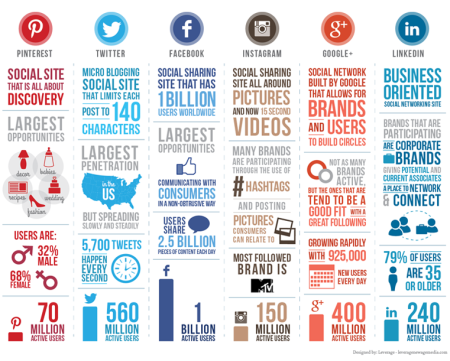More people use Facebook than any other social network, which means that you need a Facebook strategy for your career. This is especially true since we usually use our personal accounts when we’re on it. Here are some tips for managing your personal account in relation to your professional identity:
- Use your lists. Creating different lists for different groups of people – coworkers, friends, and professional contacts, for example – helps you keep track of whom you’re sharing things with.
- Target each post. Before you hit “Enter,” double-check who will be able to see it. Should the post be public? For a specific list? For only you?
- “View as colleague.” Use Facebook‘s “view as” feature to see what your profile looks like to other people. Make sure your colleagues, and your boss, see what you intend them to.
- Change your defaults. If you use Facebook on your phone, set your default privacy settings to the narrowest possible audience. It’s better to share too narrowly than too widely.
Adapted from Being Professionally Personable on Facebook | Alexandra Samuel | Harvard Business Review.



